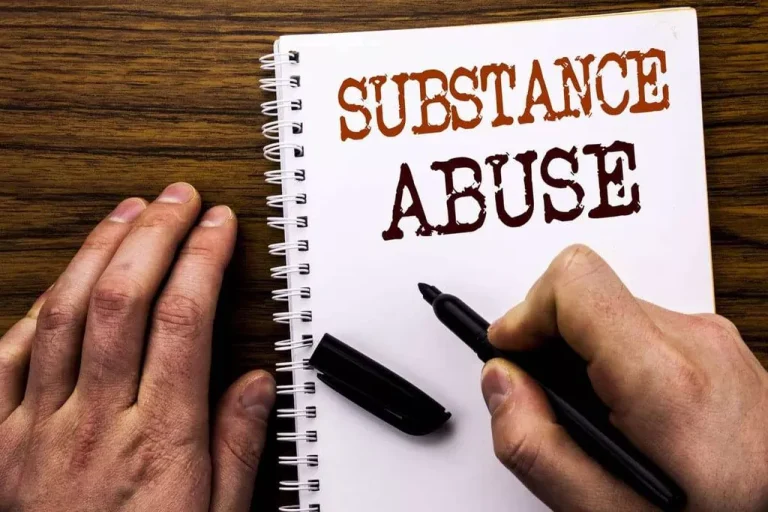When it comes to the movement of substantial equipment, the role of proficient individuals cannot be overstated. The process begins with secure loading, where every component must be meticulously arranged to withstand the rigors of transport. A single error in this phase can lead to catastrophic consequences, making it essential to have individuals who possess a deep understanding of weight distribution and equipment stability.
Additionally, careful unloading is equally crucial. This stage requires not only precision but also a keen awareness of the surroundings to prevent accidents. The professionals tasked with this responsibility are trained to employ specialized techniques and tools that facilitate the smooth transition from transport to operational readiness.
The complexities of using specialized transport vehicles further highlight the necessity for skilled experts. These vehicles are designed specifically to accommodate large and cumbersome items, yet without the guidance of knowledgeable technicians, even the best equipment may fall short of guaranteeing a secure journey. Thus, the collective expertise found in this field is instrumental in achieving success.
Understanding Load Distribution and Stability During Transit
When it comes to moving large equipment, the principles of secure loading and load distribution are critical. An imbalance can lead to catastrophic outcomes during transit. Proper load distribution involves placing the weight of the cargo evenly across the transport vehicle, thus minimizing the risk of tipping or swaying.
The center of gravity plays a vital role in maintaining stability. Keeping the center of gravity low and centered can prevent potential accidents. Additionally, using specialized transport equipment designed for specific types of loads can further enhance safety and stability. These vehicles are engineered to handle uneven weights and shifts during movement.
Another crucial aspect is the careful unloading process. It’s just as important to ensure that the load remains stable while being removed from the transport vehicle. Ineffective unloading can lead to shifting loads that compromise safety. Therefore, understanding both loading and unloading techniques is essential for successful transitions and safe operations.
In summary, a comprehensive approach to load management that includes careful planning, balanced distribution, and thorough unloading procedures can significantly reduce risks associated with transporting large equipment.
Implementing Safety Protocols and Risk Assessments Pre-transport
Prior to the movement of large equipment, implementing comprehensive safety protocols and conducting meticulous risk assessments are crucial steps. A detailed evaluation of possible hazards helps in identifying any potential risks associated with the heavy machinery moving process. This proactive approach aids in mitigating accidents and damage during transit.
Effective secure loading procedures involve assessing the load capacity of transporting vehicles, ensuring that each piece of equipment is adequately supported throughout the journey. Utilizing specialized transport options tailored for the characteristics of the machinery can further enhance safety by minimizing risks associated with standard transportation methods.
Regular training and drills for personnel involved in loading, securing, and handling are essential components of the safety protocols. This ensures that all team members are well-versed in emergency response measures and understand the importance of their roles in maintaining a risk-free environment.
Incorporating advanced technologies for tracking and monitoring during transit can significantly decrease the likelihood of incidents. By ensuring that every phase of the process is accounted for, companies can protect their investments and uphold industry standards for quality and safety. For further guidance on safe practices in equipment relocation, consider visiting https://upgrade-moving.com.
Utilizing Proper Equipment and Techniques for Secure Loading
The process of secure loading is fundamental in the realm of specialized transport of large-scale equipment. Employing the correct machinery, such as cranes, forklifts, and customized trailers, significantly enhances the efficiency and safety of the loading phase. These tools are essential for managing the weight and dimensions of the items being moved, ensuring that they are properly positioned and restrained during transit.
Additionally, the use of advanced securing methods, including straps, chains, and blocks, helps to stabilize the load and prevent shifting. Properly integrated tie-down points contribute to maintaining balance, reducing the risk of accidents. It is vital to assess the compatibility of these securing devices with the specific type of equipment being transported, thereby optimizing the overall operation.
Once at the destination, meticulous planning for the careful unloading of the equipment is paramount. This phase requires an understanding of the surroundings and access routes to avoid potential hazards. By following established procedures for unloading, the risk of damage to both the equipment and the environment can be minimized, fostering a culture of safety throughout the entire process.




